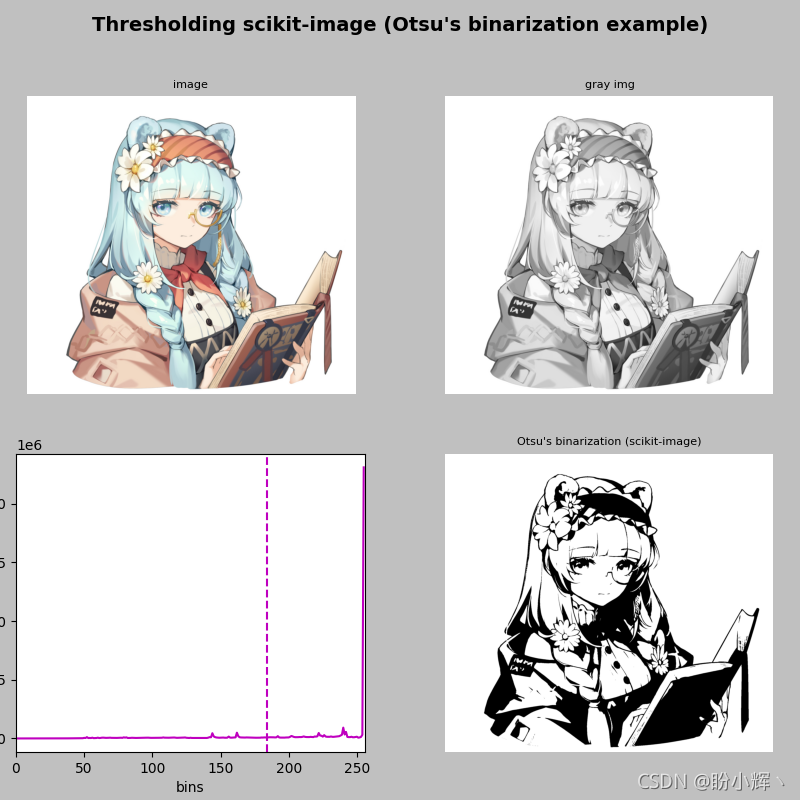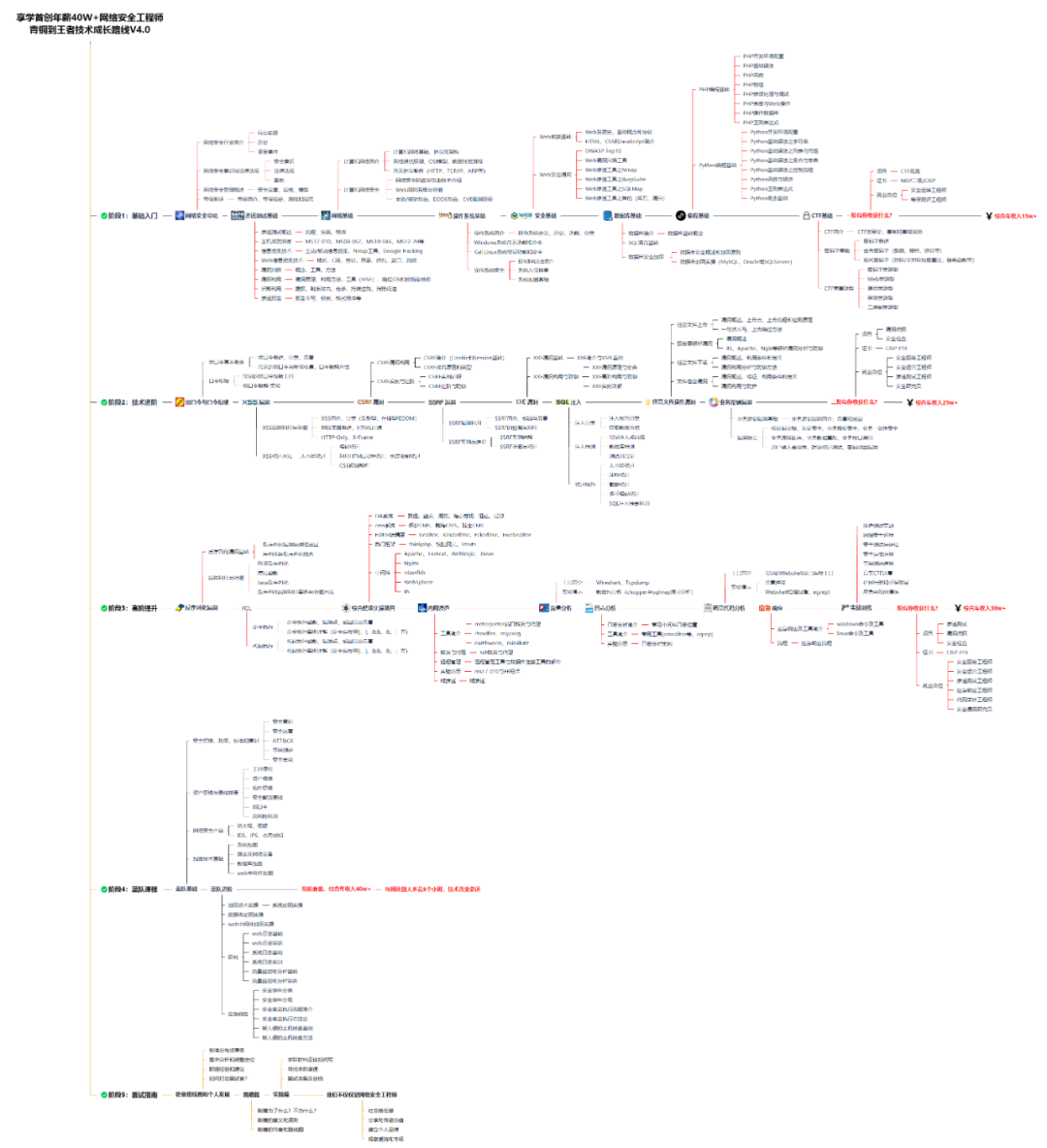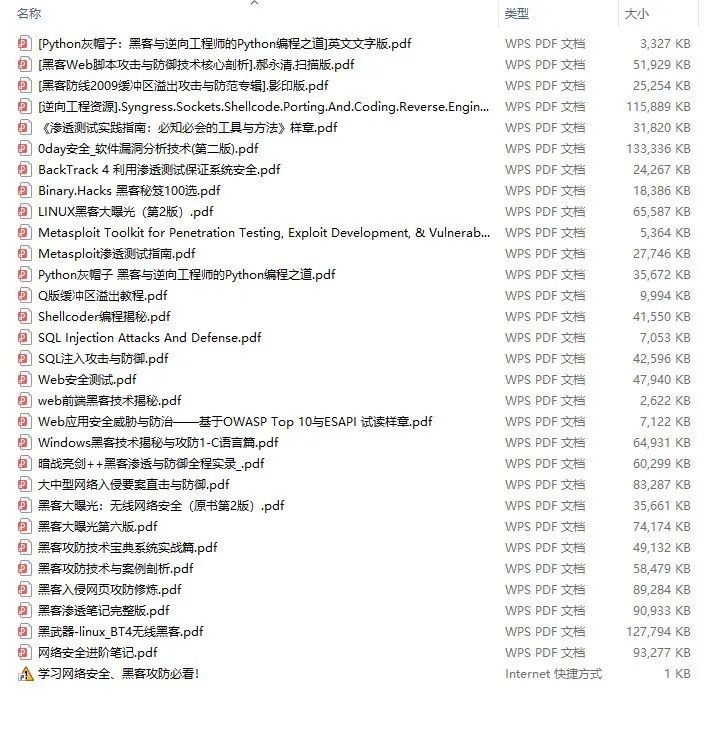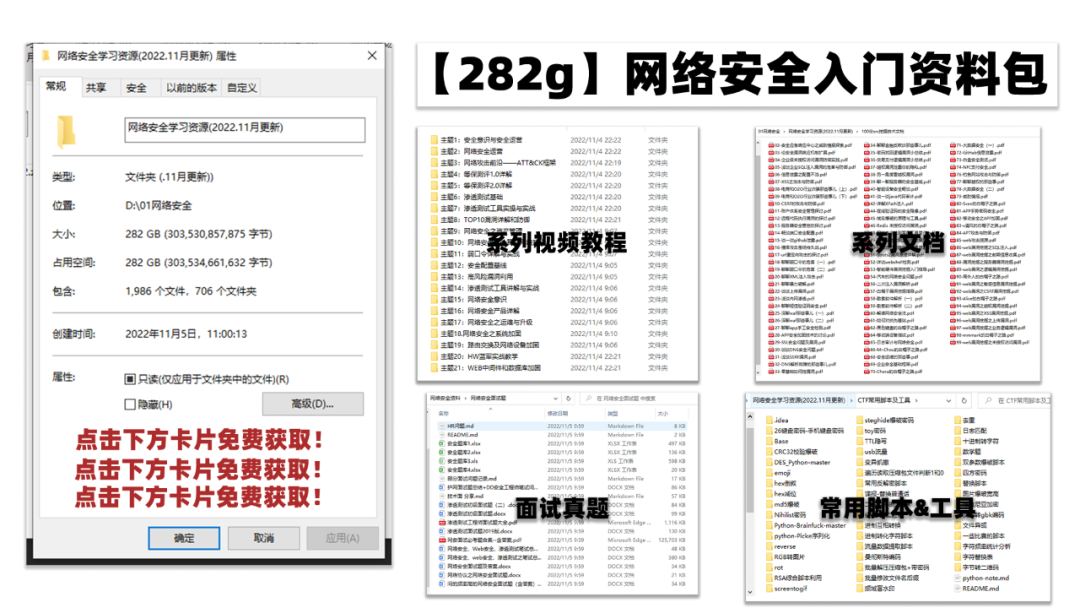scikit-image 简介与安装
我们已经在《OpenCV-Python实战(9)——OpenCV用于图像分割的阈值技术》中介绍了图像阈值技术,由于图像阈值技术是许多计算机视觉应用中的关键步骤,因此许多算法库中都包含阈值技术,其中就包括 scikit-image。 scikit-image 是用于图像处理的算法包,其详细介绍可以参考官方网站,由 scikit-image 操作的图像需要先转换为 NumPy 数组。
在本文中,我们将利用 scikit-image 实现阈值技术。如果还没有安装 scikit-image 库,首先需要使用以下命令安装 scikit-image:
pip install scikit-image
使用 scikit-image 进行阈值处理
为了在 scikit-image 中使用阈值算法,我们以 Otsu 的二值化算法对测试图像进行阈值处理为例进行介绍。第一步是导入所需的包:
from skimage.filters import threshold_otsu
from skimage import img_as_ubyte
然后使用 scikit-image 应用 Otsu 的二值化算法:
# 加载图像
image = cv2.imread('example.png')
gray_image = cv2.cvtColor(image, cv2.COLOR_BGR2GRAY)
hist = cv2.calcHist([gray_image], [0], None, [256], [0, 256])
# 基于 otsu 方法的返回阈值
thresh = threshold_otsu(gray_image)
# 生成布尔数组:
binary = gray_image > thresh
# 转换为uint8数据类型
binary = img_as_ubyte(binary)
# 可视化
def show\_img\_with\_matplotlib(color_img, title, pos):
img_RGB = color_img[:, :, ::-1]
ax = plt.subplot(2, 2, pos)
plt.imshow(img_RGB)
plt.title(title, fontsize=8)
plt.axis('off')
def show\_hist\_with\_matplotlib\_gray(hist, title, pos, color, t=-1):
ax = plt.subplot(2, 2, pos)
plt.xlabel("bins")
plt.ylabel("number of pixels")
plt.xlim([0, 256])
plt.axvline(x=t, color='m', linestyle='--')
plt.plot(hist, color=color)
show_img_with_matplotlib(image, "image", 1)
show_img_with_matplotlib(cv2.cvtColor(gray_image, cv2.COLOR_GRAY2BGR), "gray img", 2)
show_hist_with_matplotlib_gray(hist, "grayscale histogram", 3, 'm', thresh)
show_img_with_matplotlib(cv2.cvtColor(binary, cv2.COLOR_GRAY2BGR), "Otsu's binarization (scikit-image)", 4)
plt.show()
threshold_otsu(gray_image) 函数根据 Otsu 的二值化算法返回阈值。之后,使用此值构建二进制图像( dtype= bool ),最后应将其转换为 8 位无符号整数格式( dtype=uint8 )以进行可视化,使用img_as_ubyte() 函数完成转换过程。
程序输出如下图所示:

接下来,介绍下如何使用 scikit-image 中的一些其它阈值技术。
scikit-image 中的其他阈值技术
接下来,将对比 Otsu、triangle、Niblack 和 Sauvola 阈值技术进行阈值处理的不同效果。 Otsu 和 triangle 是全局阈值技术,而 Niblack 和 Sauvola 是局部阈值技术。当背景不均匀时,局部阈值技术则是更好的方法阈值处理方法。
同样的,第一步是导入所需的包:
from skimage.filters import threshold_otsu, threshold_triangle, threshold_niblack, threshold_sauvola
from skimage import img_as_ubyte
import cv2
import matplotlib.pyplot as plt
调用每个阈值方法( threshold_otsu()、threshold_niblack()、threshold_sauvola() 和 threshold_triangle() ),以使用 scikit-image 对比执行阈值操作:
# Otsu
thresh_otsu = threshold_otsu(gray_image)
binary_otsu = gray_image > thresh_otsu
binary_otsu = img_as_ubyte(binary_otsu)
# Niblack
thresh_niblack = threshold_niblack(gray_image, window_size=25, k=0.8)
binary_niblack = gray_image > thresh_niblack
binary_niblack = img_as_ubyte(binary_niblack)
# Sauvola
thresh_sauvola = threshold_sauvola(gray_image, window_size=25)
binary_sauvola = gray_image > thresh_sauvola
binary_sauvola = img_as_ubyte(binary_sauvola)
# triangle
thresh_triangle = threshold_triangle(gray_image)
binary_triangle = gray_image > thresh_triangle
binary_triangle = img_as_ubyte(binary_triangle)
程序输出如下图所示:

如上图所示,当图像不均匀时,局部阈值方法可以提供更好的结果。因此,可以将这些局部阈值方法应用于文本识别。
最后,我们了解一个更加有趣的阈值算法—— Multi-Otsu 阈值技术,其可用于将输入图像的像素分为多个不同的类别,每个类别根据图像内灰度的强度计算获得。
Multi-Otsu 根据所需类别的数量计算多个阈值,默认类数为3,此时将获得三个类别,算法返回两个阈值,由直方图中的红线表示。
import matplotlib
import numpy as np
import cv2
from skimage import data
from skimage.filters import threshold_multiotsu
image = cv2.imread('8.png')
image = cv2.cvtColor(image, cv2.COLOR_BGR2GRAY)
# 使用默认值调用 threshold\_multiotsu()
thresholds = threshold_multiotsu(image)
regions = np.digitize(image, bins=thresholds)
def show\_img\_with\_matplotlib(img, title, pos, cmap):
### 一、网安学习成长路线图
网安所有方向的技术点做的整理,形成各个领域的知识点汇总,它的用处就在于,你可以按照上面的知识点去找对应的学习资源,保证自己学得较为全面。

### 二、网安视频合集
观看零基础学习视频,看视频学习是最快捷也是最有效果的方式,跟着视频中老师的思路,从基础到深入,还是很容易入门的。

### 三、精品网安学习书籍
当我学到一定基础,有自己的理解能力的时候,会去阅读一些前辈整理的书籍或者手写的笔记资料,这些笔记详细记载了他们对一些技术点的理解,这些理解是比较独到,可以学到不一样的思路。

### 四、网络安全源码合集+工具包
光学理论是没用的,要学会跟着一起敲,要动手实操,才能将自己的所学运用到实际当中去,这时候可以搞点实战案例来学习。

### 五、网络安全面试题
最后就是大家最关心的网络安全面试题板块

**网上学习资料一大堆,但如果学到的知识不成体系,遇到问题时只是浅尝辄止,不再深入研究,那么很难做到真正的技术提升。**
**[需要这份系统化资料的朋友,可以点击这里获取](https://bbs.csdn.net/topics/618540462)**
**一个人可以走的很快,但一群人才能走的更远!不论你是正从事IT行业的老鸟或是对IT行业感兴趣的新人,都欢迎加入我们的的圈子(技术交流、学习资源、职场吐槽、大厂内推、面试辅导),让我们一起学习成长!**






















 7435
7435











 被折叠的 条评论
为什么被折叠?
被折叠的 条评论
为什么被折叠?








